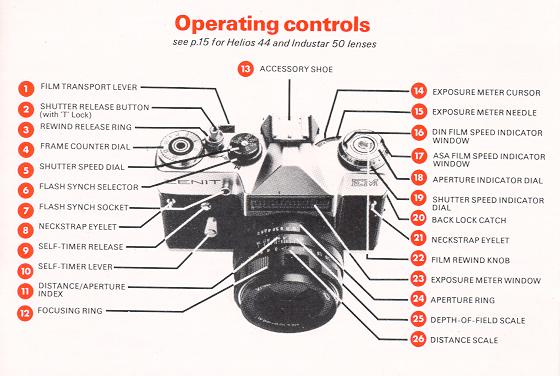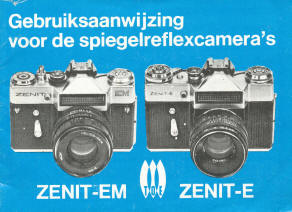Zenith EM
The Zenith EM was also sold by
Kalimar as the SR300,
and badged as the
Cosmorex SE.
It was available in
both black and chrome finish.
It was also sold as the Revueflex EM
The next page contains information
on this camera.
If
the image below looks like
your camera,
click below to see the PDF manual.
The next
page also contains information
on how to donate to this site.
www.PayPal.me/butkus
Venmo @mike-butkus-camera Ph. 2083
Back to main Camera Menu
CLICK HERE FOR
PDF MADE
DIRECTLY FROM MANUAL
- English
Zenth EM in Word format
CLICK HERE FOR PDF
VERSION
FROM INSTRUCTIONS BELOW
CLICK HERE TO CONTINUE TO
FULL HTML MANUAL
Zent-EM gebruiksaanwijzing
Zenit-E gebruiksaanwijzing





